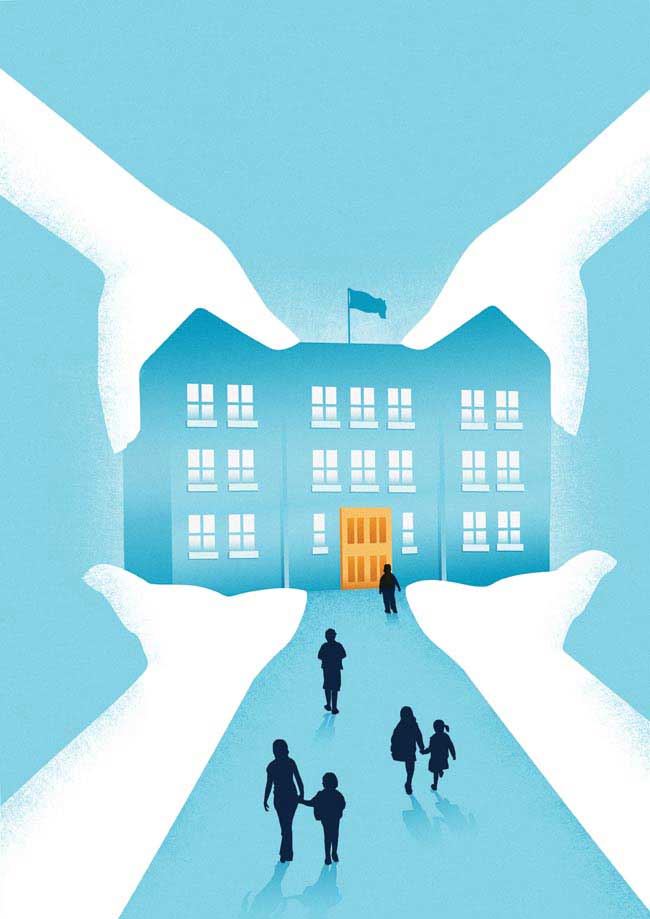
In the immediate aftermath of the December 2012 murders at Sandy Hook Elementary School in Newtown, Conn., the public’s horror over the violence escalated into a contentious debate on school safety, bullying, parenting and gun laws. Little is known about why Adam Lanza killed his mother, six educators and 20 first-graders before killing himself. The media replayed the few details that were known, but the traumatic incident left many questions in its wake.
Did parents, teachers and the community overlook warning signs? Is the mental health system to blame? Are more guns needed? Should access to assault weapons be restricted? What can be done to keep this from happening again?
Peabody faculty and alumni share research insights into possible causes of these mass shootings that happen with increasing frequency and how future incidents might be prevented.
Missing the signs
History shows us that parents often miss warning signs that their child could be at risk for committing a violent act. The mother of Dylan Klebold, one of the Columbine shooters, wrote years after the 1999 killings that she thought of her son as a “gentle, sensible kid,” even though he’d shown signs of “impulsive and unscrupulous” behavior. Similarly, the father of Andy Williams, the high-schooler who used a family gun to kill two students and wound 13 others in 2001 at Santana High School in California, says he was “shocked” when he learned what his son had done.
Depression may be part of the complex make-up of these perpetrators, according to Psychology Professor Judy Garber, who researches depression in at-risk adolescents with emphasis on the parent-child relationship and on how the mental health of one may affect the other. She is currently studying ways to help parents of children with behavioral and emotional problems.
“One-half to a third of these parents are facing stress and not dealing well with it,” she says. “In at least 30 to 40 percent of those cases, they’re not getting the help they need because they’re distressed themselves. Parents may know a lot about their child and have the child’s best interest in mind, but they might not have the wherewithal or resources to know what to do.”
Associate Professor of Special Education Joseph Wehby, whose work focuses on students with severe emotional and behavioral disorders, agrees it is very difficult for the parents of troubled children to cope on their own.
There are parents who give their best effort, but they aren’t trained for this. I’ve got a doctorate in this area, and I couldn’t do it alone,” Wehby says. “It becomes overwhelming. Just think from the standpoint of how we view parents whose children are troubled. Parents are stigmatized. They become isolated themselves.”
Like parents, schools struggle to manage children with severe emotional and behavioral problems. But they are constrained by time, logistics and resources. It can be especially difficult for schools to deal with individuals whose behavioral needs are what Wehby describes as “low frequency but highly intense.”
“One day they’re okay, the next day explosive. That kind of inconsistency makes it difficult for schools to develop services that are appropriate,” he says. “We’re smart about identifying children who show significant signs of later problem behavior—like those who torture animals. But children who might be showing some mild depression early on are hard to identify, because they might not be standing out.”
Strong peer-to-peer relationships are an important part of reaching at-risk students, according to Associate Professor of the Practice of Human and Organizational Development Andrew Finch. He also coordinates the school counseling program, which is part of HOD’s human development counseling program.
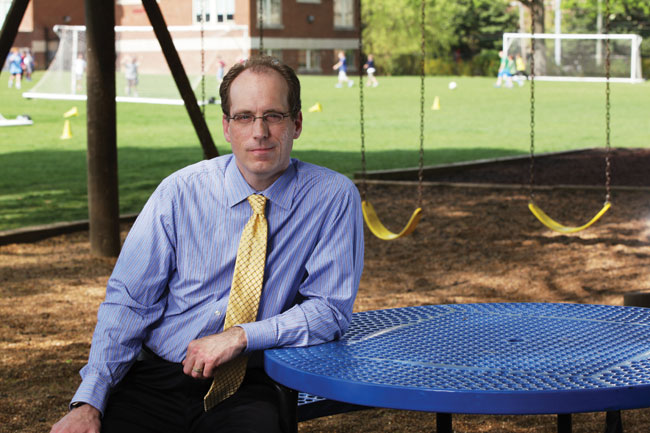
“Developmentally, teenagers are coming to understand themselves through peer affiliation. There are numerous studies affirming the importance of peer relationships during adolescence,” he says.
Finch says he has met with many students who struggled in typical school environments but thrived in smaller learning environments with like-minded peers.
“Positive peer supports are a vital element, whether those exist in a traditional school or a specialized program,” Finch says. “The goal is the least restrictive environment possible. This gives all children the opportunity to be with peers not like themselves, and this can be a very positive thing.”
Wehby says students with severe emotional and behavioral problems can regress when they don’t have ongoing support.
Security experts point to the identification of at-risk students as a safety priority. In 2002, spurred by a series of targeted school attacks, including Columbine, the U.S. Department of Education and the U.S. Secret Service released the Threat Assessment in Schools Report. It found that there was no useful shooter profile based on demographics or other traits to effectively identify dangerous students in advance. Rather, behavior and communications were better tools for recognizing a student who may be planning an attack.
In its conclusion, the report called targeted violence “arguably only the tip of the iceberg of pain, loneliness, desperation and despair that many students in this nation’s schools deal with on a daily basis.
“The threat assessment process by itself is unlikely to have a lasting effect on the problem of targeted school violence unless that process is implemented in the larger context … The principle objective of school violence-reduction strategies should be to create cultures and climates of safety, respect and emotional support within educational institutions.”
Building safe places
Schools in recent years have embraced anti-bullying campaigns but that’s only a start, says Maury Nation, associate professor of human and organizational development. He researches bullying and violence with an emphasis on school climate and community contexts. Nation has received a $600,000 grant to fund the Tennessee Center for Safe and Supportive Schools at Vanderbilt University, affiliated with the state’s Safe and Supportive Schools program. The program focuses on implementing good practices in youth development and social and emotional learning.
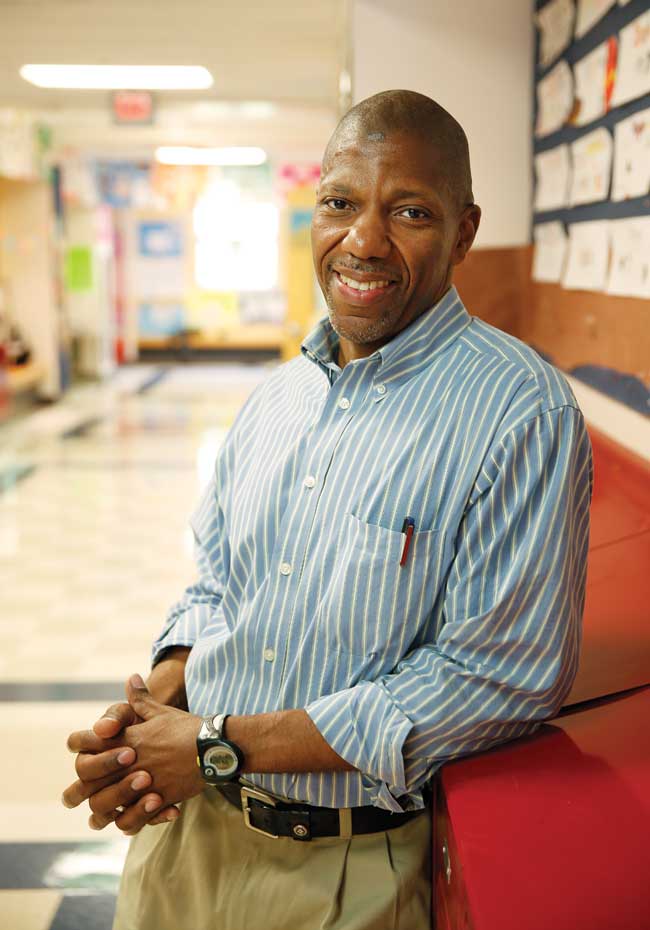
“The program reflects a change in strategy by the Department of Education,” Nation says. “Bullying is definitely an aspect of the school climate. But we’ve also had to think about other things that contribute to school environment, many related to bullying, such as alcohol and drug use, whether students are showing up for school, their level of engagement, academic performance—things that are all symptoms of something broader going on.”
Vanderbilt’s new center will help schools collect information on school climates and then provide feedback and technical assistance based on that data. It will take a systemic approach, going beyond adding programs to actually impacting the ways in which teachers and administrators think about and interact with students, Nation says.
“A big part of what we’re looking at is how to help people understand the concept of school violence, so that attention and resources go toward more systemic types of problems,” he says. For example, he explains, many mistakenly believe bullying only happens between two people.
“It’s clearly a system in which there are supportive and neutral bystanders, including teachers,” Nation says. “Almost always someone is witnessing what is going on, so prevention means working with those observing, setting expectations around behavior, around what is okay and what’s not. When teachers and students change those norms, bullying goes down.”
The federal government’s 2002 threat assessment report found that while not all school shooters had been bullied, many reported “behaviors that, if they occurred in the workplace, likely would meet legal definitions of harassment and/or assault.”
Nation also is in the process of pulling together data on school gun fatalities nationally. He cautions against allocating resources in reaction to the most extreme, but rare, violent events like the tragedy at Sandy Hook Elementary. Research indicates that security measures such as cameras, metal detectors and armed guards may have the unintended consequence of making students feel less safe by promoting a siege mentality.
The practices that have a more productive impact on overall school safety, he says, are related to adult-to-student relationships, changing student and teacher attitudes about acceptable behavior, and supportive relationships among peers.
“The best deterrent to violent types of events is teachers having strong relationships with students, so that when students hear something, they go to the teacher and give a heads up that something might be going on,” Nation says.
The blame game
The motivation of the 20-year-old Sandy Hook shooter, Adam Lanza, is still unclear. Unconfirmed media reports that he had been diagnosed with Asperger’s syndrome—a mild form of autism characterized by poor social and communication skills, repetitive behaviors and fixated interests—may have worsened public understanding of autism.
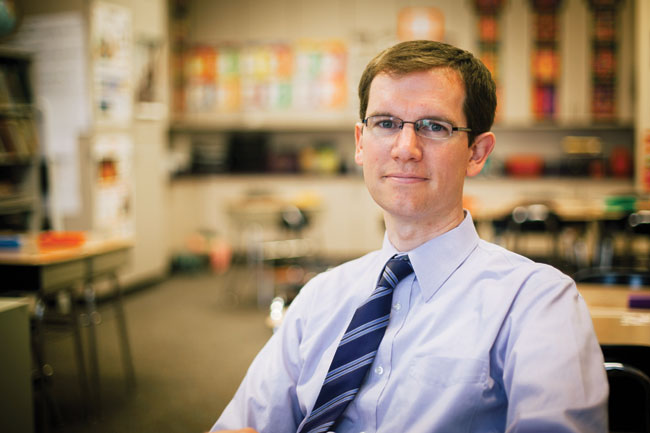
Jeremy Veenstra-VanderWeele, a pediatric psychiatrist and researcher at Vanderbilt, hopes to clear up public misperception on autism spectrum disorder.
“Autism spectrum disorder is a neurodevelopmental disorder, not a mental illness,” he said. “There’s no evidence whatsoever that people with ASD are more likely to engage in planned violence. Most of the time, people with ASD are gentle and have no desire to harm others. If someone with ASD is aggressive, it is typically in reaction to something making him upset in the moment.”
It has been reported that Nancy Lanza moved her son from school to school. At the time of his death, he had a limited social life. Veenstra-VanderWeele says that children with ASD have varying needs for social interaction that should not be ignored.
“Individuals with ASD, like most of us, have a range of desires for social interaction,” he says. “Some do well with just immediate family. Others may deeply desire interaction with other people, but they have a difficult time establishing the sorts of friendships they desire. Beyond someone’s desire for social interaction, other goals may only be possible with more social experience. For example, if someone has the cognitive ability to work outside the home, you would want that person to have the social exposure that would allow them to do well in a work setting.”
Peer-focused inclusive education can help students with severe intellectual and developmental disabilities build the social skills and relationships they need for fulfilling lives, according to Erik Carter, associate professor of special education at Peabody. Carter researches peer-mediated support and social interventions for students with ASD who also have an intellectual disability. He focuses on fostering social connections among students during middle and high school, where relationships and friendships for all students become more challenging as peer affiliations become more important and complex. In this environment, students with disabilities are especially at risk for becoming even more isolated.
“Research shows that students with autism have much to gain from working alongside their peers, both socially and in terms of what they learn,” Carter says.
Carter’s work has found that the traditional one-to-one, adult-to-student model, in which students typically receive most or all of their support from paraprofessionals (rather than working collaboratively with peers), can unintentionally hinder both academic and social development.
“Academics and social inclusion are not competing priorities,” Carter says. “Our work finds the opposite. When students have individually assigned adult support, they are actually less likely to do well academically or to develop relationships with their peers. When they’re in inclusive classrooms working within cooperative learning groups and peer-supported arrangements, academic and social growth go together.
Classmates of students with autism can benefit from the interaction as well, Carter says. “There is a lot of reciprocity. Over and over, peers tell us about how they’re growing and what they’re learning about themselves. They become advocates for students with disabilities in their schools, and they talk about a deeper understanding of their own strengths.”
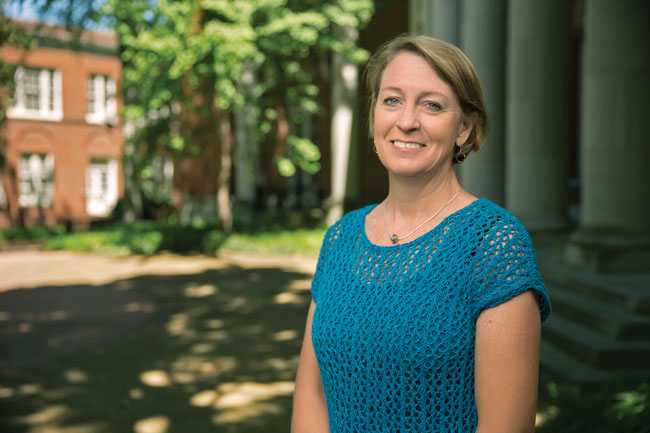
Hope for the future
The public’s post–Sandy Hook focus on implementing safety measures in schools is understandable, says Carol Nixon, associate director for the Tennessee Center for Safe and Supportive Schools and research associate for the Department of Human and Organizational Development. “But let’s redefine what safety means. Students need to be engaged academically, emotionally and socially.”
Positive steps include implementing structures and practices in schools such as advisory programs, project-based learning, integration of social and emotional learning into core curricula and strategies promoting youth voice and leadership, she says.
Nixon believes that since Columbine, much progress has been made. Planned attacks have been thwarted when students have reported their suspicions to staff.
“Now it’s become more of a threat from the outside,” she says, as was the case with Lanza.
Research is clear that student and school outcomes are better when there are positive student-teacher and student-peer relationships.
“If we promote caring and trusting relationships in the school environment, we can help prevent these things,” Nixon says. “Children are much more interested in relationships with adults than we give them credit. We don’t think that they do, but they crave them.”